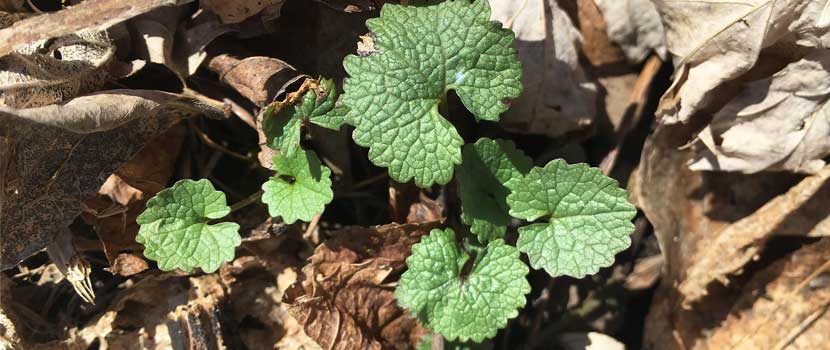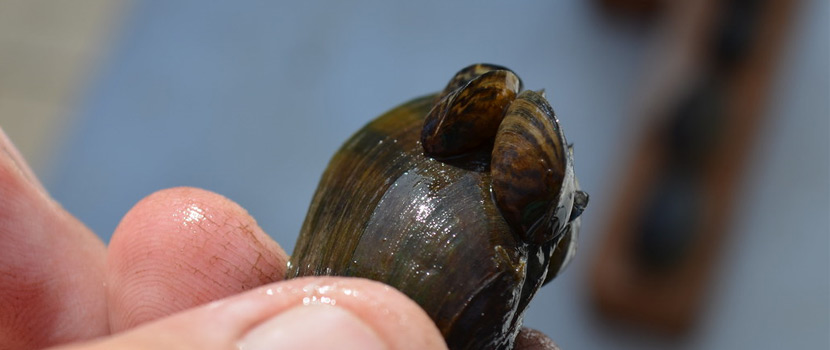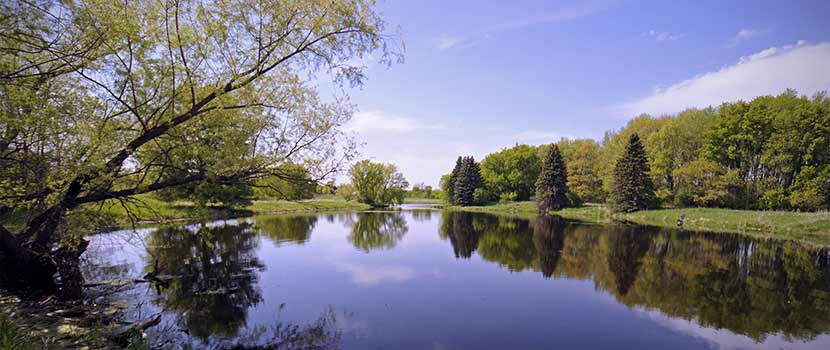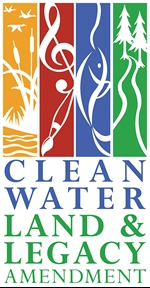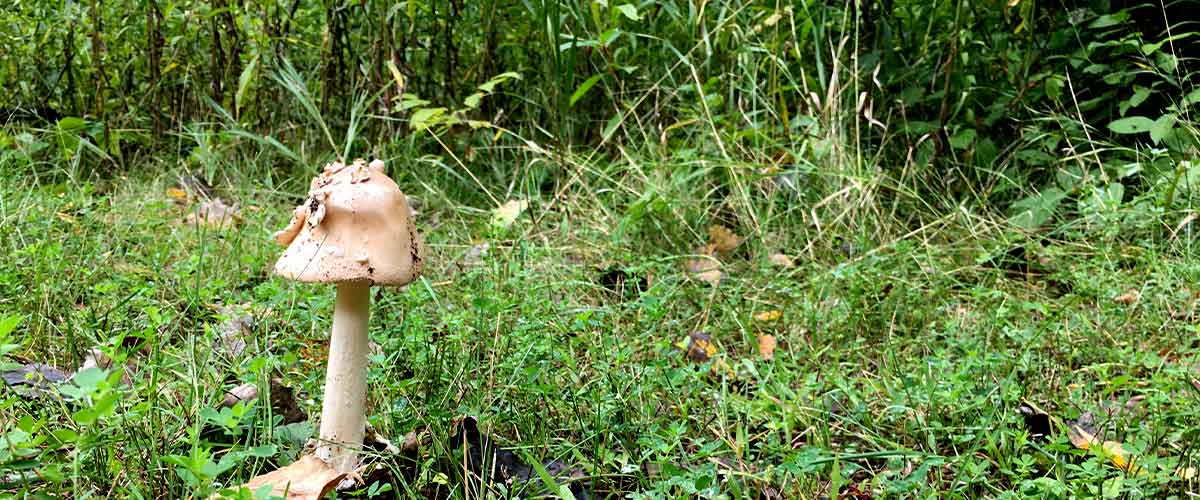
Foraging in the Parks and Why It Isn't Allowed
By: John Moriarty
June 01, 2020
Category: Resource Management
Foraging has become more popular as people are looking for local native plants to add to their diet for health and economic reasons. Foraging is also a way to enjoy being out in nature. Some of the main items people forage in Minnesota include mushrooms, especially morels, blueberries and raspberries. Some also gather spring greens like ramps, fiddleheads and mustards.
Many public land agencies, including Three Rivers, have a variety of restrictions on foraging or collecting natural objects.
Restrictions on Foraging in Three Rivers
Three Rivers has a general ban on collecting any plant, animal or other natural objects. This is the same policy as most other park systems, like the Mississippi National Rivers and Recreation Area, which is a National Park. State Parks and some other state lands allow the picking of berries and mushrooms, but not anything else.
If you plan on going foraging on public land, it is best to check the rules for that area. If you are going foraging on private property, ask permission first.
Why Can't I Forage?
The rationale behind foraging policies in public areas, such as Three Rivers, where there are millions of visitors a year, is that foraging can make a significant impact on the natural resources.
A forager may not see another park user while they are in the park, but there can be a series of people who visit the same site many times a day over a several week period. This can significantly affect the targeted plant, cause trampling of non-targeted plants, and create unofficial trail systems that must be closed and repaired.
The removal of the plant or other natural item also takes away from the enjoyment of other park visitors who just want to see them. If everyone who used the park trails just took one or two mushrooms or picked a couple of flowers, there wouldn’t be anything left.
The Park District’s policy also limits the collection of rocks, including agates, clam shells, deer antlers and bird feathers.
Protecting Natural Resources
Other policies in place for protecting natural resources include a ban on cutting or gathering wood, digging trenches, engaging in metal detecting and feeding wildlife or feral animals in a park.
Find more information on laws and policies in Three Rivers Parks here.
About the Author
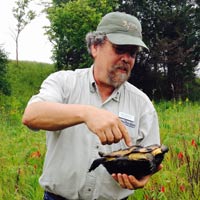
John Moriarty is the Senior Manager of Wildlife at Three Rivers Park District and has been with the Park District for 15 years. He has been involved in many of the wildlife restoration efforts and initiated the snake and butterfly efforts. John has led several projects to increase prairie habitat in the Park District. John likes exploring natural areas and looking for all types of plants and animals, but especially turtles.
Related Blog Posts
Hold the Mustard, Please!
By: Missy Anderson
Learn why mustard plants can be harmful to native plants, how to identify them and what you can do to help keep our forests healthy.
How You Can Stop the Spread of Aquatic Invasive Species
By: Angie Smith
Boating is a great way to maintain social distance and breathe in some fresh air. Before you get out on the water, here's a quick refresher on how you can prevent aquatic invasive species from further impacting Minnesota's waterways.
What Is Environmental Stewardship to You?
By: Laura Jarriel Andrea Breitung
Learn what the Three Rivers blog is about and start to ask yourself what environmental stewardship means to you.
